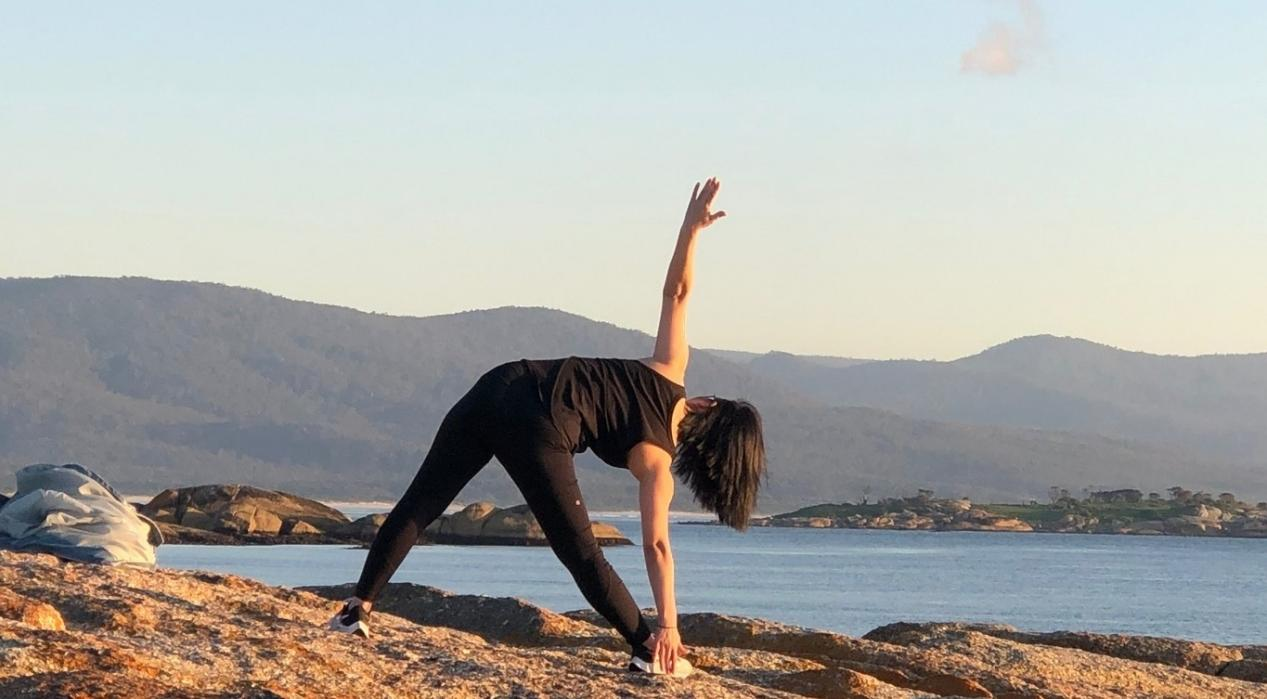The selection of proper clothing for yoga practice becomes essential for beginners because it determines their comfort as well as their body mobility and practice quality. The design functions of specific yoga clothing surpass general activewear by adapting to stretch movements while keeping modesty and heat control at various poses. Many beginners achieve better results in yoga through appropriate selection of garments based on their essential performance factors.
Fundamental aspects of good yoga wear consist of selecting the correct textiles. The prayerful blend of nylon with spandex enables hot vinyasa breathability but organic cotton remains the optimal choice for soft ease in restful hatha sessions. Certain manufacturers use stretch fabric materials which adapt to the body's movements when practising deep bends forward or backward. New practitioners should stay away from low-priced synthetics which neither breathe nor permit free movement since many newbie consumers sacrifice quality for budgetary constraints.
Apart from fit compatibility becomes a priority consideration when people first start practicing yoga. Leggings made to be tight but not tight on the skin stop bunching of materials during inversions and deliver moderate muscle support. The wide elastic waistband does not slide during moves that transition between downward dog to plank. Lower cut tops with mesh designs protect the torso during arm balances without blocking visual checks in mirrors. Brand-created tops equipped with bra inserts remove the requirement of additional undergarments which beginners often fail to notice when shopping for their initial yoga ensemble.
Most people do not discuss the psychological effects of choosing clothes for yoga. Novice practitioners derive better practice self-assurance from outfits that fit well together and deliver freedom of movement while also remaining hassle-free. The wardrobe choice of dark colors hides gym sweat during demanding workout time but bright patterns bring excitement to early morning exercises. Studios encourage customers to check how their clothes move when they pose in the dressing room before buying any item which helps avoid dissatisfaction when taking classes.
The sustainability aspect plays an increasingly vital role in the manufacturing process of yoga apparel. The environmentally aware beginner looks for workout gear made from recycled products but finds such items generally expensive. Certain makers provide recycling programs as a service to assist yogis regarding their used equipment which they would like to align with green principles throughout their yoga process. Buying durable fundamental pieces at moderate costs proves economically sound than continuously purchasing low-cost fast-fashion yoga clothing that fades rapidly.
Seasonal flexibility serves as the third main element in the selection process. The essentiality of the lightweight wrap layering option emerges during colder months to change from studio to street outfits and the ventilated shorts and leggings combination provides comfort during summer sessions. Wise beginners who begin their training initially choose adaptable fundamental items that can be used throughout the year rather than making costly purchases of specific performance pieces. Experienced yogis who understand their preferences can choose specific pieces for their advancing yoga interests when they evolve in their practice.
 EN
EN
 AR
AR BG
BG HR
HR CS
CS DA
DA NL
NL FI
FI FR
FR DE
DE EL
EL IT
IT NO
NO PL
PL PT
PT RO
RO RU
RU ES
ES SV
SV CA
CA TL
TL ID
ID LV
LV LT
LT SR
SR SK
SK UK
UK SQ
SQ ET
ET GL
GL HU
HU TR
TR FA
FA MS
MS GA
GA CY
CY IS
IS KA
KA
